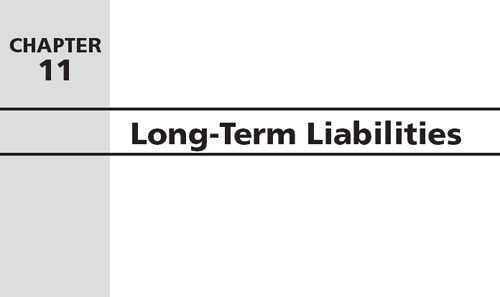
The importance of short-term liabilities as an element of working capital was discussed in Chapter 8. In this chapter we examine the nature of long-term liabilities. The emphasis is on recognition and measurement of transactions and events as liabilities, with specific attention to some of the more troublesome aspects, and on analysis of the risk associated with a company's use of long-term debt.
Investors, creditors, and other users view the separation of liabilities into current and noncurrent classifications as important because their decision models use the working capital concept, current ratios, and projections of expected future cash flows to analyze and compare the performance of firms. The amount of long-term debt relative to equity is also relevant because the debt-to-equity ratio is directly related to the risk associated with investing in the firm's stock.1 As the debt-to-equity ratio of a firm increases, the market's perception of the riskiness of investing in the firm's stock also rises. Thus it is important that accountants have criteria to appropriately classify liabilities as short-term or long-term, so that decision makers can reliably evaluate the firm's ability to meet current needs and to determine the level of riskiness inherent in projections of future cash flows over time.
The Definition of Liabilities
SFAC No. 6 describes the elements comprising the balance ...
Get Financial Accounting Theory and Analysis: Text and Cases, 11th Edition now with the O’Reilly learning platform.
O’Reilly members experience books, live events, courses curated by job role, and more from O’Reilly and nearly 200 top publishers.

